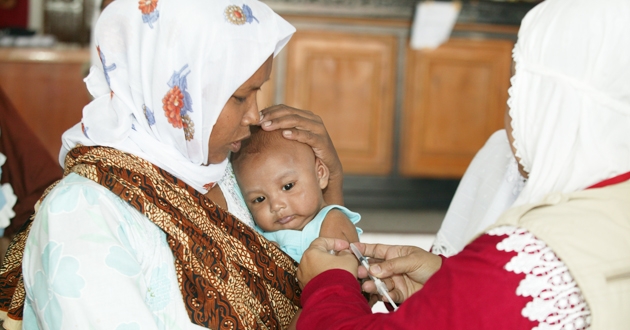World Immunisation Week: what has been achieved to date and what does the future hold?

This week marks ‘World Immunisation Week’ organised by the World Health Organisation (WHO).
The aim of World Immunisation Week is to celebrate and raise awareness of vaccinations in protecting and saving lives.
This year’s campaign is titled ‘Protected Together, #VaccinesWork’.
WHO reports that immunisation is one of the most cost-effective and reliable health care techniques.
For example, every $1 spent on childhood immunisation returns $44 in socio-economic benefits.
Similarly, immunisations prevent up to 3 million deaths a year by protecting people from diphtheria, tetanus, pertussis and measles alone.
WHO is encouraging an increase in vaccinations in low and middle income countries, reporting that this could prevent 24 million people from falling into poverty due to health expenses by 2030.
Earlier in April WHO announced ambitious plans to use vaccinations to eliminate yellow fever from Africa by 2026.
Since 2000 vaccines have been responsible for an 84% reduction in measles deaths, and today only 3 countries in the world remain polio endemic (Afghanistan, Nigeria and Pakistan) compared to 125 in 1988.
Despite this significant progress 19.5 million children still do not receive basic vaccinations, with vaccination coverage stalling at 86%.
Last week, health experts warned that cases of malaria have stopped falling as mosquitos are becoming resistant to current treatment. A new vaccine for Malaria is currently being tested in Africa.
WHO has noted that the large scale displacement and emergencies currently occurring in the East Mediterranean Region (e.g. Afghanistan, Iraq, Syria, Yemen) has increased pressure on healthcare services and further reduced immunisation rates.
Dr Jaouad Mahjour, acting WHO Regional Director for the Eastern Mediterranean commented:
“Several countries in the Region, including some affected by emergencies have succeeded in maintaining strong immunization programmes. Latest estimates indicate that the regional average of DTP3 vaccination coverage was at 80%. Yet much remains to be done as unfortunately an estimated 3.7 million children missed their DTP3 in 2016, 92% of whom were in six countries affected by emergencies”
Dr Jaouad Mahjour emphasised that this week highlights the need to bring immunisation to all:
“National governments are committed to immunization, and a great deal of support is available from several partners, especially from Gavi, the Vaccine Alliance, for eligible countries. The necessary strategies and tools are available. Let us all use these major opportunities to maximize our efforts and achieve our immunization goals”.
If you’d like to stay informed on the latest updates in aid and development, please sign up to the AIDF newsletter.
Image credit: WHO














